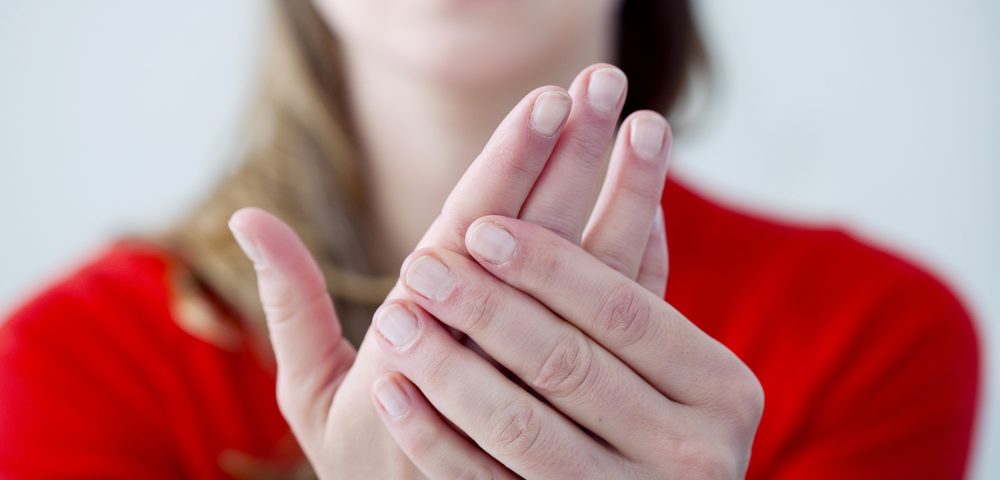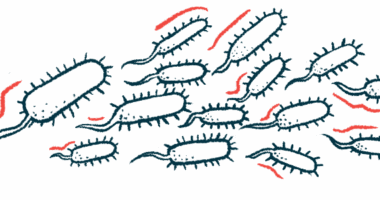4 Tips for Dealing with Cold Agglutinin Disease in Cold Weather

People with cold agglutinin disease (CAD) often have problems with cold weather. Cold can worsen CAD symptoms, and lead to symptoms not present in warmer weather, like Raynaud’s phenomenon.
Raynaud’s is caused by the pinching of small blood vessels, usually in the hands and feet, in response to triggers like cold temperatures. Patients out in the cold may experience numbness or tingling, even painful, in these extremities, and their skin’s color change from white or blue to red or purple as blood circulation returns.
Here are some tips to help stay warm:
Watch for signs of Raynaud’s
The earliest signs of Raynaud’s syndrome are a loss of sensation — like numbness or prickling in the hands and feet. It’s easy to miss these signs when cold, which is why some patients carry a temperature sensor to remind them to pay attention to changes in their hands.
Wear warm clothing
Always wear multiple layers of warm clothing when going out in colder weather. Wear a hat and scarf to avoid losing heat through your head and face.
Mittens keep hands warmer than gloves, and it’s easier to tuck a hot pack into mittens!
Stay dry
Dry clothing stays warmer. Make sure that your outermost layer is waterproof.
Wear woolen socks to keep your feet dry, and avoid overexertion that might make you sweat in the cold. Swap out wet layers quickly — like popping on dry socks after a good walk in cold weather.
Get warm quickly
Soak hands and feet in warm water to warm them quickly after being outside.
Some patients with Raynaud’s have had good results using thermal biofeedback. This learned mind-body technique helps them control the constricting of those small vessels that feed the skin.
Have more questions about CAD?
Check out our “FAQs” page!
Last updated: July 25, 2019
***
Cold Agglutinin News is strictly a news and information website about the disease. It does not provide medical advice, diagnosis, or treatment. This content is not intended to be a substitute for professional medical advice, diagnosis, or treatment. Always seek the advice of your physician or other qualified health provider with any questions you may have regarding a medical condition. Never disregard professional medical advice or delay in seeking it because of something you have read on this website.






